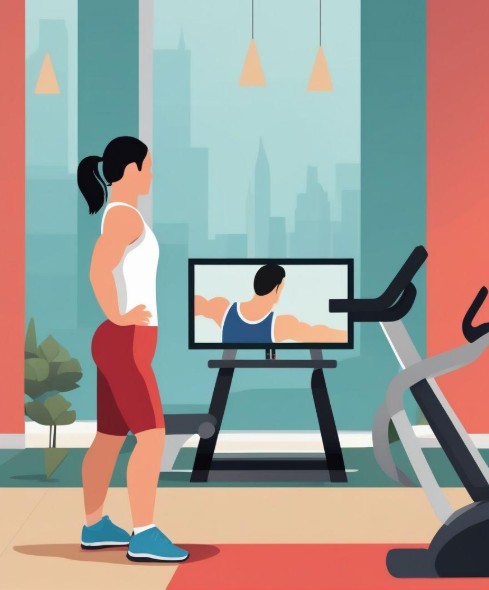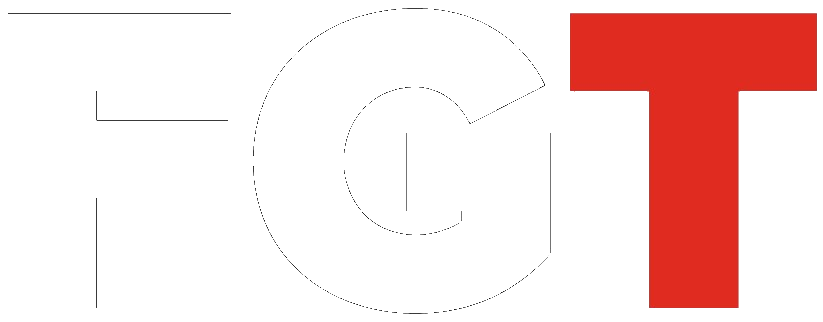How-One Small Team Built a Telemedicine App That Slashed Patient Wait Times by 40%
How-One Small Team Built a Telemedicine App That Slashed Patient Wait Times by 40%
Let’s face it: getting healthcare often feels like an endurance sport. The average patient wait time in a busy clinic can stretch into hours, turning a simple visit into an ordeal. But what if the solution to this universal frustration didn’t come from a mega-corporation with unlimited resources, but from a small, hungry team with a vision? This is the story of how a handful of developers, through sharp strategy and medical app development savvy, created a telemedicine app that achieved an astounding 40% reduction in patient wait times. Their success is a brilliant example of how targeted healthcare app development can solve monumental problems. It proves that resourcefulness, not just sheer spending power, dictates success in this specialized field. Their blueprint is a masterclass in how to move beyond merely digitizing old processes and actually building a more efficient system.
Phase I: Diagnosing the Wait Time Crisis
The small team didn’t start by coding; they started by listening.
They spent weeks shadowing clinic staff and surveying patients, quickly realizing that the primary delay wasn’t doctor availability, but administrative friction. They identified that a large portion of physician time was being consumed by routine, low-value tasks – things like reviewing basic forms, answering simple questions, and dealing with scheduling conflicts. The discovery phase was critical, revealing that the biggest waste of time was the unnecessary in-person visit.
The team decided their Minimum Viable Product (MVP) had to be built like a triage nurse, smartly diverting traffic and only letting the truly critical cases reach the physical waiting room.
This strategic alignment, before any significant coding began, was their first brilliant move.
The Three Bottlenecks That Clogged the Clinic Flow
Their forensic deep-dive into the clinic’s operations revealed three dominant friction points, all stemming from outdated manual processes. These weren’t technical bugs; they were systemic chokeholds that prevented smooth patient flow.
Addressing these issues became the entire focus of their mobile health app development initiative:
- The Check-in Commotion… The administrative process was severely inefficient, with staff spending crucial minutes collecting and verifying basic patient information upon arrival, leading to immediate backlogs.
- The Follow-Up Flood… Simple follow-up requests, like prescription renewals or quick test result explanations, unnecessarily mandated a full appointment slot, consuming valuable face-to-face time.
- The Scheduling Scramble… The use of manual calendar booking and phone calls resulted in rampant human errors, double bookings, and a high no-show rate that left wasted time slots across the day.
By isolating these three core drains on clinic resources, the team ensured that their subsequent efforts in app development healthcare would be surgical and immediately impactful, leading directly to the impressive efficiency gains.

Phase II: The Secret Sauce – Features That Prioritized Speed
The team’s genius lay in choosing features that eliminated the administrative load rather than adding to it. They focused on a design philosophy of efficiency through automation and smart triage. Every feature they included had to demonstrably reduce the time a patient or a staff member spent on a non-clinical activity. They recognized that the biggest barrier to rapid care wasn’t connectivity, but convenience. The application was designed to serve as a digital buffer, absorbing the noise of routine administrative tasks and leaving physicians free to focus on complex, high-value consultations. This focus on practical utility is the gold standard for mobile healthcare application development: knowing what features to exclude can be just as important as knowing what to include.
Automating Triage: The E-Consult and Queue Management Game-Changers
The two features responsible for the majority of the 40% wait time reduction exemplify smart, focused development. They revolutionized how patients accessed care.
- The first was Asynchronous E-Consults. This allowed patients to submit non-urgent questions, symptoms, or images through a secure message platform. Doctors could review and respond to these messages quickly between scheduled appointments, eliminating the need for a formal video or in-person slot. This simple shift in communication freed up hours of synchronous consultation time.
- The second critical feature was a dynamic Queue Management System. Instead of patients waiting blindly, the system provided accurate, real-time wait estimates and allowed doctors to drag and drop cases based on urgency, optimizing the flow.
For patients, knowing exactly where they stood in the virtual line, whether on android healthcare app development or iOS, significantly reduced anxiety and frustration.
This system proved that moving simple care online drastically frees up physical space for the complex, urgent needs, distinguishing health mobile app development.
Phase III: The Small Team, Agile Approach
How could a tiny team develop something so transformative without the budget of a major hospital system?
The answer lies in their methodology.
They were rigorously Agile.
The small team structure, with its tight feedback loops, meant they could execute short sprints, hold daily stand-ups, and implement user feedback almost instantly. They viewed the process of medical mobile application development not as a single project, but as a continuous series of experiments.
This allowed them to pivot quickly based on the early user data. Unlike large, bureaucratic projects that take years to launch, their accelerated development cycle allowed them to get their app into the hands of users faster, confirming that their features were, in fact, creating the desired efficiency gains. Their flexibility and capacity for rapid iteration completely overcame the constraints of limited resources, making their healthcare mobile development approach highly successful.
Compliance Without Paralysis: Building Trust First
For any professional healthcare app development venture, the complexity of HIPAA can feel overwhelming. The small team didn’t view compliance as a hurdle, but as a foundational requirement – a testament to their integrity. They adopted a security-by-design approach, ensuring that data encryption, access logs, and privacy controls were baked into the core architecture from day one.
Because they worked with limited features and a tight, centralized code base, their compliance scope remained manageable. They proved that building trust through rigorous security is not a barrier to speed. In fact, by focusing on a compliant architecture from the outset, they avoided the costly, paralyzing delays that come from trying to retrofit security onto a non-compliant system later on. This meticulous focus is what elevates their work in application development in healthcare and their successful deployment of mobile medical application development.
The Trust and Efficiency Model
The 40% reduction in wait times achieved by this small team is a powerful victory for smart design.
It shows that the true value in app development for the healthcare industry lies in simplifying and automating the administrative burden. Their story provides a powerful template for future projects like a training app: success is built on understanding the patient’s pain, prioritizing features that solve that pain, and executing with disciplined agility.
Ultimately… their achievement wasn’t just about faster technology.
It was about building a better user experience.
In modern healthcare app development, efficiency is the highest form of respect for the patient, and that is how you successfully build enduring patient trust.

